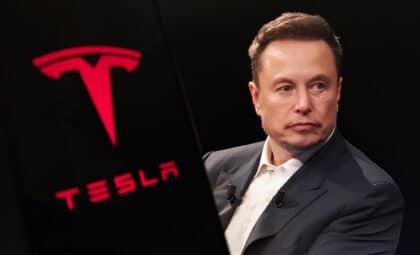This goal follows a year of rapid overseas growth and increasing pressure on global competitors, including Tesla. Founded in 2003 and once a modest player in the internal combustion segment, BYD has quickly evolved into a dominant force in the electric vehicle space. After initially entering the market with the F3DM hybrid in 2008 and launching its first all-electric model, the e6, in 2009, the company’s sales only truly began to accelerate in the past few years. In 2025, the brand recorded milestones including outselling Tesla by a factor of seven in the UK.
Now, with plans to introduce its full EV lineup to Europe by 2028 and an ambitious overseas target for 2026, BYD is signaling a clear intent to dominate global EV markets. As revealed by Citigroup analysts during a meeting with company executives, the growth in exports is expected to be fueled largely by new model releases and regional manufacturing developments.
Overseas Sales Doubled in One Year
Between January and the end of October 2025, BYD delivered 780,627 vehicles overseas, a dramatic increase from the 329,073 units exported over the same period in 2024. This rapid escalation places the company just 120,000 units short of its 2025 lower target range of 900,000 vehicles. Despite a temporary dip in exports during September, sales rebounded in October, reaching 83,524 units shipped.
This surge is part of a broader expansion strategy. According to EV, BYD aims for its overseas sales to represent half of its total output by 2030. As of now, global exports account for 21.1% of the company’s total 3.7 million vehicles sold by late 2025. The latest figures indicate that the brand is not just exporting more but is also achieving a more balanced geographic footprint, with exports spread across Europe, North America, and the ASEAN region.

Manufacturing Presence Grows Across Continents
To support its aggressive targets, BYD is expanding its production capabilities far beyond China. In Europe, it has set up a regional headquarters in Hungary, where it’s finalizing a new passenger vehicle plant expected to begin operations before the end of 2025. The company also plans to open another facility in Turkey, which is projected to start production by late 2026.
BYD has also made notable inroads into Latin America, launching operations at its first Brazilian passenger vehicle plant, followed swiftly by an expansion into Argentina. These investments are expected to reduce logistical challenges and accelerate distribution in key markets. The company sees this physical presence as essential, with a belief that its current vehicle and battery production capacity will meet future demand, enabling a reduction in capital expenditure from 2026 onwards.
Byd Debuts Japan-Exclusive Electric Model
Signaling a shift toward more localized products, BYD recently unveiled its first foreign-market-exclusive EV: the Racco. This kei car is tailored specifically for the Japanese market and will go on sale in mid-2026. With its compact, boxy design and 14-inch wheels, the Racco offers a limited 63-horsepower output, adhering to Japan’s regulatory standards for kei cars.
This move highlights BYD‘s willingness to design vehicles that align closely with regional preferences and regulations. According to Supercar Blondie, the Racco represents the first kei-class EV introduced in Japan by a non-Japanese manufacturer. While additional specifications remain undisclosed, the model’s development underlines BYD‘s strategy of diversifying its global product lineup to gain ground in competitive local markets.









